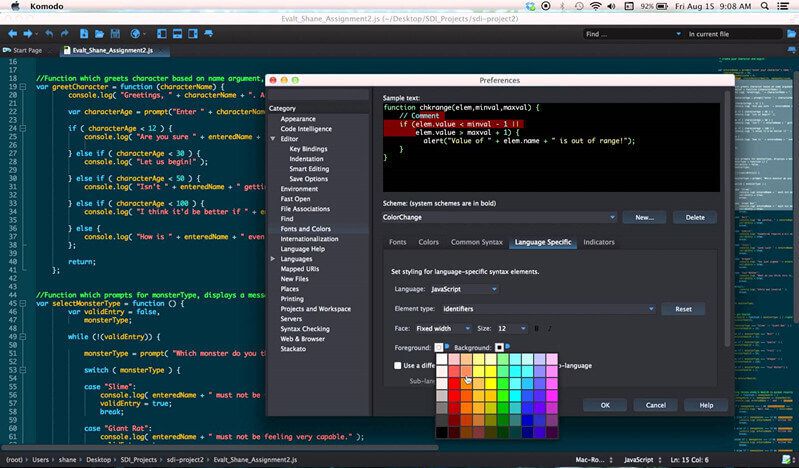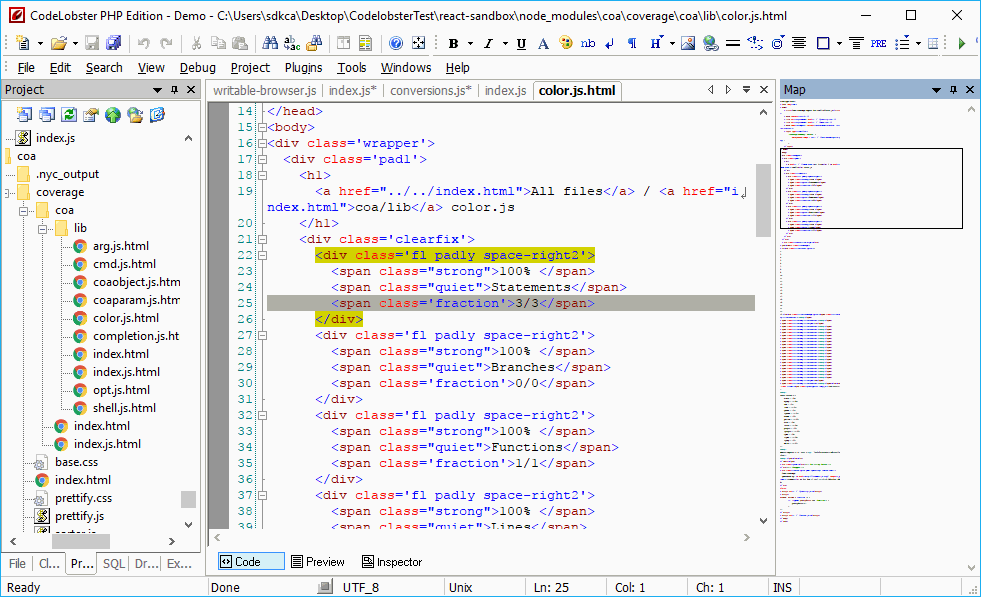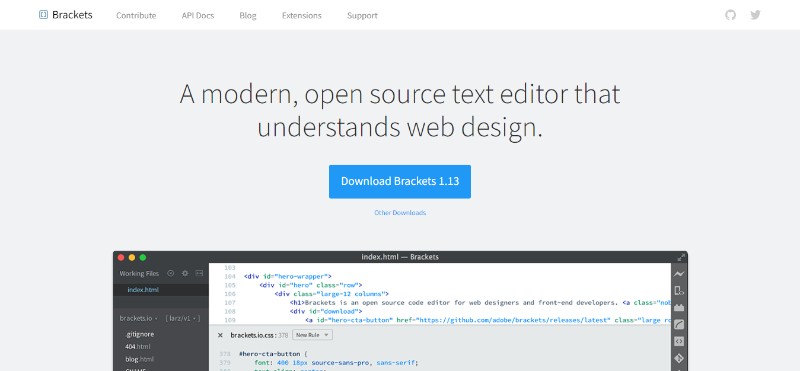

To make it easier for you or your team to develop web applications, we have found some really good Integrated Development Environments for JavaScript, which provides you a convenient environment to code, edit, test, and debug web applications.

There are many free IDE's and code editor out there and you may want to know which may fit better to my requirements.

We know too that not everybody is able (or want) to pay for a license of a fancy code editor, that's when we love the Open Source.

However, you'll be more inspirated if you use the proper tools while you work. Using Javascript, you will be able to build a fully functional web application that utilizes Ajax to expose server-side functionality and data to the end user.To edit HTML and CSS code you only need a simple plaintext editor, the rest depends on your skills and your creativity. No “pinch and zoom” required! Last but certainly not least, we will get a thorough introduction to the most ubiquitous, popular, and incredibly powerful language of the web: Javascript. You’ll be able to code up a web page that will be just as useful on a mobile phone as on a desktop computer. We will then advance to learning how to code our pages such that its components rearrange and resize themselves automatically based on the size of the user’s screen. We will start from the ground up by learning how to implement modern web pages with HTML and CSS. In this course, we will learn the basic tools that every web page coder needs to know. Do you realize that the only functionality of a web application that the user directly interacts with is through the web page? Implement it poorly and, to the user, the server-side becomes irrelevant! Today’s user expects a lot out of the web page: it has to load fast, expose the desired service, and be comfortable to view on all devices: from a desktop computers to tablets and mobile phones.


 0 kommentar(er)
0 kommentar(er)
